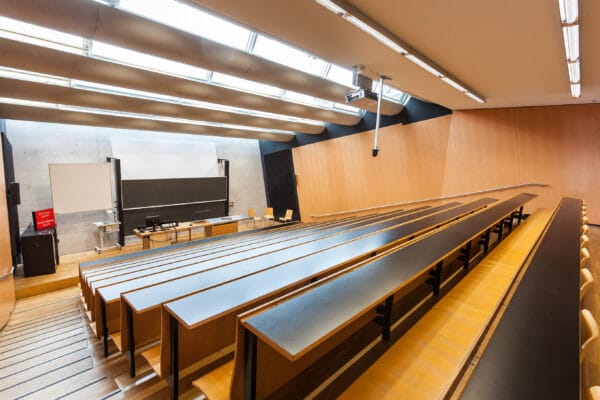
NAME:
SOWI - HS 3
BUILDING:
SOWI
FLOOR:
0
TYPE:
Lecture Hall
CAPACITY:
140
ACCESS:
Only Participants
EQUIPMENT:
Beamer, PC, WLAN (Eduroam), Overhead, Blackboard, Sound System, Microphones, Handicapped Accessible
The impact of climate change on mountain permafrost degradation is now well-established and manifests in different ways. In periglacial domain, the increase of temperatures leads an increase of rock glacier surface velocity. Consequently “Rock Glacier Velocity” has recently been recognized as a new “Essential Climate Variable”. Their movement is controlled by rheological properties (ice/rock proportion) and the topo-climatic conditions in which they evolve.
Most studies have focused on active rock glaciers (ice-rich landforms). Focusing on transitional rock glaciers, known as deactivating landforms, nonetheless appears relevant to evaluate the impact of climate on these, in which the response-time to climatic change occurs on decadal to millennial-timescales. In this way, a multi-method approach is required to understand the nature and chronology of external forcing controlling rock glacier’s activity. To handle these questions, we aim to present an evolutionary study of the Vieux Marinet rock glacier activity (Ubaye, French Alps) given its mismatched characteristics (morphically-relict and kinematically-active), bearing witness to a history of complex activity.
First, we estimated Vieux Marinet activity from DInSAR interferograms and compared with the interannual evolution of its activity using optical image correlation from 1950 to the 2022. Preliminary analysis revealed a differential activity between the lower and upper units with both methods (several millimeters to decimeters respectively).
Secondly, the paleo-activity of the Vieux Marinet was reconstructed using 10Be surface exposure dating of blocks sampled at the rock glacier’s surface. We measured one of the earliest activities in the Alps with ages of 15.19 – 13.68 ka at the terminal part of the rock glacier. Younger ages were found on the upper unit (2.63 – 11.22 ka). The exposure ages were correlated with horizontal distance to the headwall, but their dispersion testifies of numerous imbricated events.
Finally, electric resistivity measurements of the subsurface were performed and revealed a thick and heterogeneous body, with frozen and discontinuous areas. Particularly, the fast upper unit is neither as resistive as expected, with resistivity <50kΩ, and disrupted by conductive horizons. These findings suggest that permafrost creep can persist, even after significant degradation.
